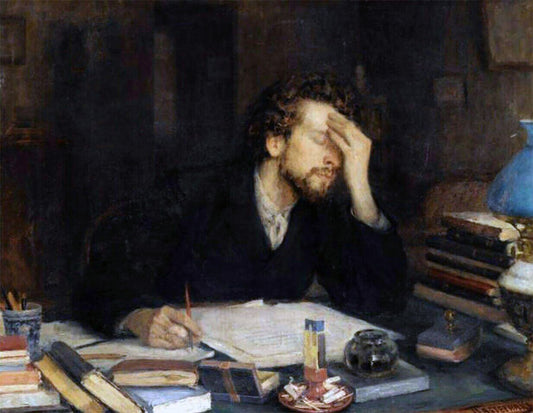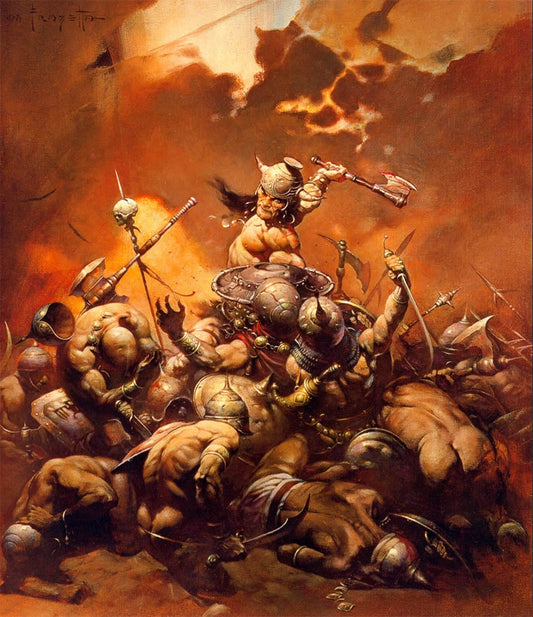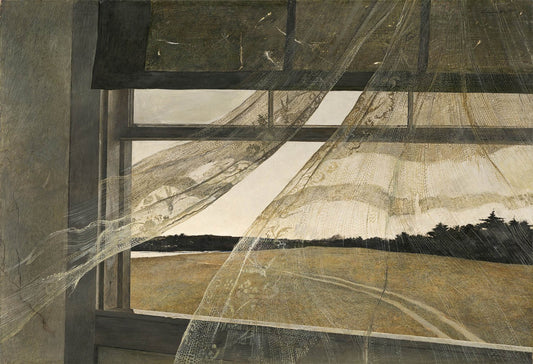5 Lessons Learned from Unfamous Watercolor Sketchbook Paintings
Andreas ClaußenShare

How to Make an Image Be Wise
John Singer Sargent did this wonderful watercolor painting of gravestones. Besides the overall appearance of this wonderful sketch, I want you to look at the arrangement of the gravestones - they’re like this line chart of life’s ups and downs. Each rise and fall, a chapter, a plot twist in our personal novels. This piece is a stark, yet gentle reminder that life doesn’t stick to a script. We shouldn't expect it to. The gravestones aren’t just markers of death—they’re markers of change, of the constant ebb and flow we all ride. Life throws curveballs, and sometimes it feels like a series of those annoying plot twists in a TV show, but that’s what makes the story worth telling.

How Something Abstract Becomes Real

So there I was, staring at this abstract mess of watercolor splashes. It’s like someone just threw paint at the paper. But step back a bit, and suddenly it’s not chaos anymore.
It’s a bustling market scene in Tangier from 1893, brought to life by Arthur Melville. He used the simplest shapes and dots to hint at the complexity of the scene. It’s like a puzzle, but instead of pieces fitting perfectly, they suggest an image, nudging our imagination to fill in the gaps. Melville is that friend who never gives you the full story but drops enough hints that you piece it together yourself. It’s more satisfying that way, like being let in on a secret.

How Simple Things Are Very Complex
William Turner’s “The Black Boat” looks like a quick sketch, right? A few watercolor washes, some black strokes for the ship - done in ten minutes, tops. Easy peasy. But wait, there’s more. This simplicity? It’s deceptive. Turner didn’t just slap some paint on and call it a day. There are roughly seven washes for the background, ten deliberate strokes for the ship. Each one precise, planned, a testament to skill and restraint. Simplicity hides effort. It’s like those people who make everything look effortless - until you try it yourself and realize it’s anything but. Creating something simple, elegant, beautiful—it’s the hardest trick in the book.

How to Think Beyond the Picture Frame
Arthur Melville again, with a twist. This painting, it’s got a main character that’s not even in the scene - a giant tree. Just a few green leaves on the right, casting this massive shadow that dominates the piece. It’s like a crime movie where the villain’s presence is felt but never seen. The shadow controls the composition, softening contrasts, adding depth. And that bright triangular shape behind the procession? Curtains, probably, pulled aside for the procession. Sharp edges, high contrast, it pulls your attention. It’s not just about the scene in front of us, but hints at a larger story. The unseen, the implied - it extends the narrative beyond the frame.

How Sketchbooks Teach Us
Childe Hassam’s “Spectators at the Grand Prix” is this stunning watercolor/gouache study. Here’s what makes it magical: a pyramidal composition of people, ending with a black hat at the peak; the diagonal carriage pointing the viewer’s gaze; the woman’s white dress, rendered with subtle, close values; the distant crowd, hats raised in a salute. But what really grabs me? The raw, unpolished honesty of it. Sketchbooks are like peeking into an artist’s mind, seeing them play, experiment, mess around with color. It’s like catching someone in a candid moment, unguarded, true. That’s why I love sketchbooks—they’re art in its most honest form, sparks of creativity captured on paper.



